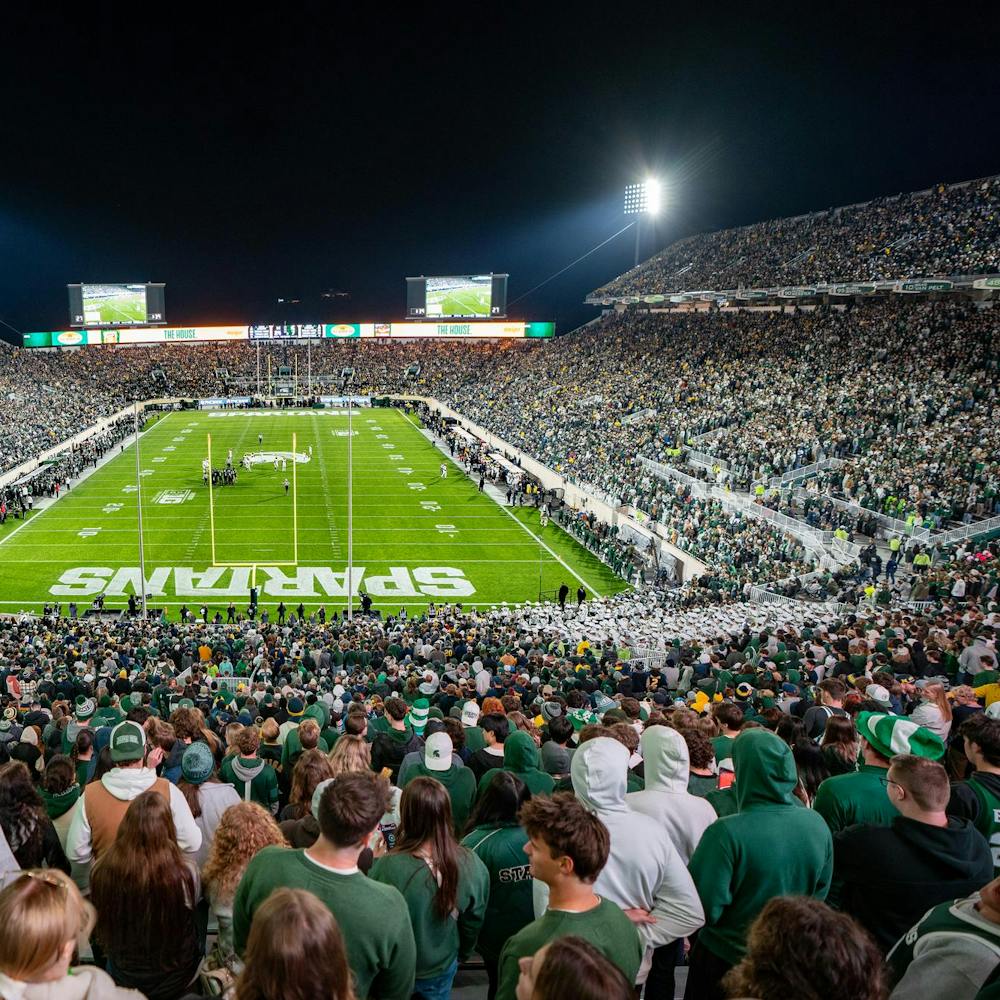Recent weather conditions are the driest they’ve been since the drought of 1988 — and campus greenery is feeling the heat Lansing MI 48825.
“In recent history, (the drought of 1988) would be the worst Midwest drought, and the conditions we are seeing compare,” Amy Fouty, athletic turf manager for MSU, said. “A lot of farmers lost their crops; we haven’t gotten to that point yet, but if it doesn’t rain soon, we might.”
Prior to the thunderstorm Friday night, the Lansing area hadn’t seen a significant amount of rain since June 18, Jim Maczko, meteorologist for the National Weather Service, said.
Each summer, some droughtlike conditions are to be expected for the Lansing area, but not quite to the extent that has occurred recently, MSU Landscape Services Supervisor Bill Ratliff said.
“This (weather) isn’t unusual, just the duration is usually shorter,” Ratliff said. “In late July, the grass that isn’t under irrigation usually goes dormant, but this started … weeks ahead of time,” he said.
The annual rainfall is three inches below the norm for this time of year, Maczko said, and Ratliff added that the lack of moisture is taking its toll on the trees on campus.
“Most of the turf goes into dormancy and comes out when we get cooler temperature and rain, though it is possible to lose turf,” Ratliff said. “But our biggest concern … (is) keeping the trees alive.”
With the high temperatures and little rainfall, Landscape Services is taking extra precautions to keep up with the approximately 2,000 trees in need, Campus Arborist Paul Swartz said.
“Trees that are just newly planted … are really under a lot of stress because they may not have root systems to support them; they’re still developing, so they go into a drought stress,” Swartz said. “We can’t really afford to water huge trees on campus … we have enough to just keep up with young (trees).”
The athletic fields on campus are another primary concern when it comes to irrigation, and the turf managers are taking extra precautions to keep the surfaces watered.
“All of (the athletic fields) are rented out or used for camps or conditioning in the summer, (so we) have to maintain at playable level; with that being said, we have to irrigate to keep them safe,” Fouty said. “We use a lot of technology (to maintain safety) … we have sensors that tell us the percent moisture content … to keep it where we want it.”
Despite the extreme conditions, Fouty said keeping up with the consequences of the drought is manageable.
“It’s just a part of the job … it’s just what we do,” Fouty said. “When Mother Nature throws us curve balls, we have to deal with them and hit them out of the park.”
Support student media!
Please consider donating to The State News and help fund the future of journalism.
Discussion
Share and discuss “Drought affects nature on campus” on social media.




